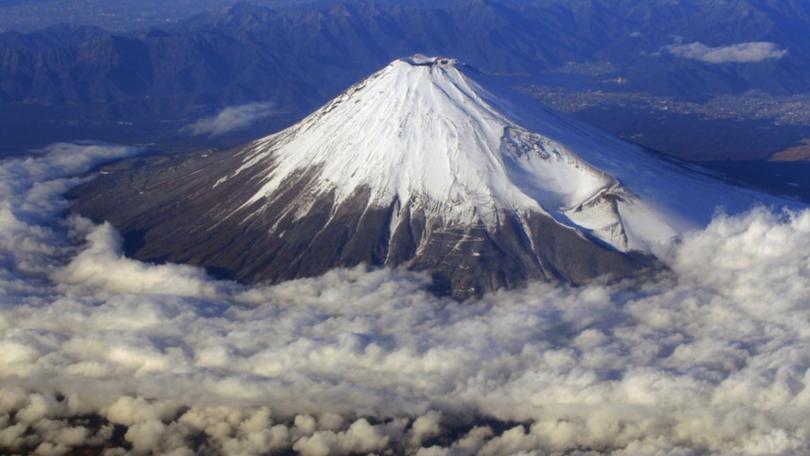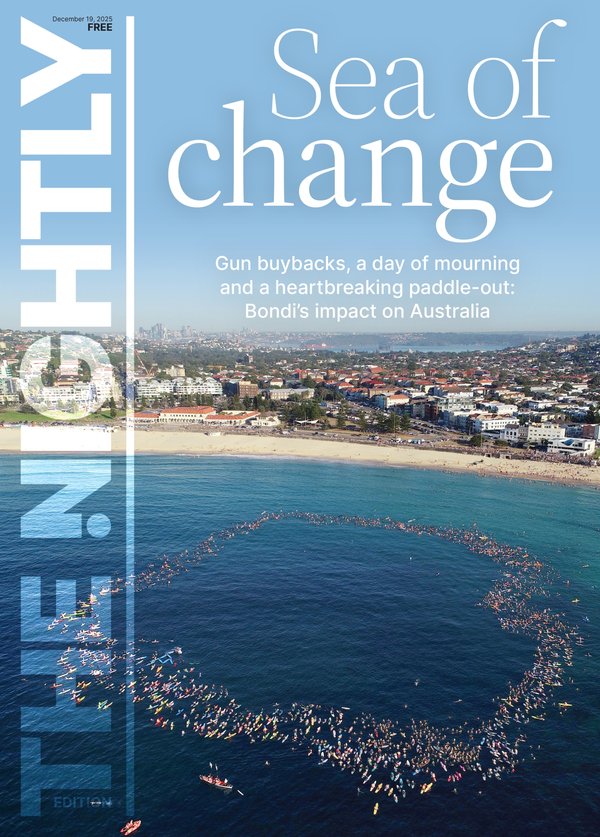Mount Fuji: Emergency crews fuming after Chinese student rescued twice in same week after leaving phone behind

Emergency mountain rescue services have been left fuming after a young man had to be transported off Japan’s highest peak, Mount Fuji, twice in a week after he went back up the mountain to retrieve his phone.
The 27-year-old climber had to be airlifted off the mountain last week after he ran into trouble close to the peak of the famous landmark, but then decided to return and attempt the climb again in order to retrieve his belongings abandoned during the first rescue.
Police said the man, who is a Japanese resident, was forced to make an emergency call for help on April 22 after developing altitude sickness, before he was airlifted off the mountain after parts of his equipment also failed.
Sign up to The Nightly's newsletters.
Get the first look at the digital newspaper, curated daily stories and breaking headlines delivered to your inbox.
By continuing you agree to our Terms and Privacy Policy.After spending five days recovering, Shizuoka prefectural local police reported that the man then returned to the mountain’s Fujinomiya trail, about 3000 metres above sea level, on a mission to find his mobile phone and other gear left behind during the initial rescue operation.
Authorities then received another distress call from a climber who had found the same man suffering the same symptoms of altitude sickness on Saturday April 26, and another rescue operation had to be initiated.
Officials have issued warnings to travellers about the dangers of climbing Mount Fuji and have used the bizarre example of the Chinese student as a cautionary tale.
The mountain’s hiking trails are officially open only from July to early September, but there is no penalty for hiking off-season.
There is no charge or penalty when a climber needs to be rescued, but many are calling for the man the Chinese student’s to be charged the cost of at least his second rescue.
The Shizuoka Police are advising climbers to use caution, noting that the mountain has low temperatures and is covered in snow even in spring which is the ‘off-season’.
The 3776 metre-high mountain was designated a UNESCO World Cultural Heritage site in 2013. A symbol of Japan, the mountain called “Fujisan” used to be a place of pilgrimage and is increasingly popular among hikers from around the world.
To control overcrowding and risks from rushed overnight climbing through rocky slopes to see the sunrise, local authorities last year introduced an entry fee and cap on the number of entrants on the most popular trail and will introduce similar rules on other main trails this year.

